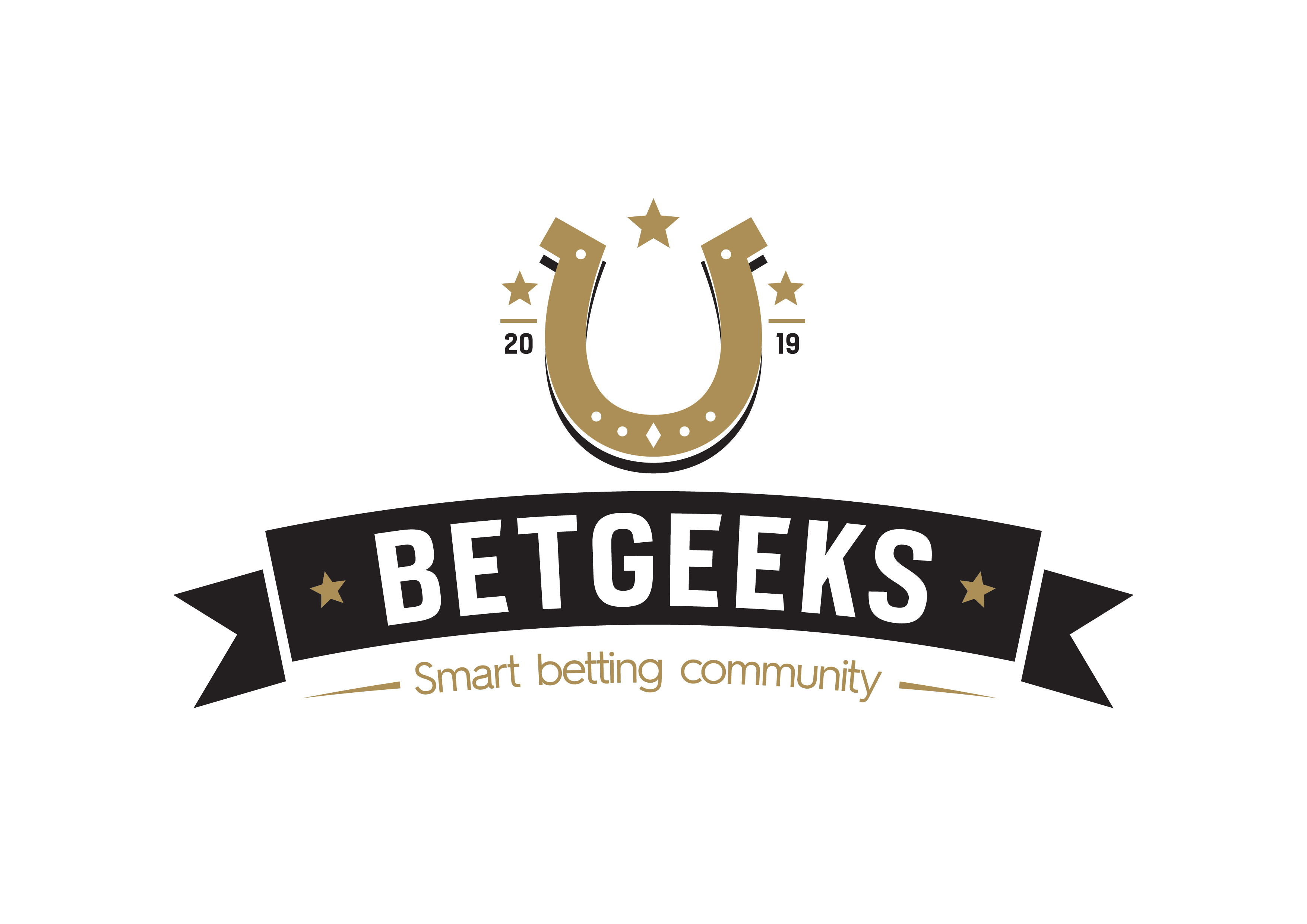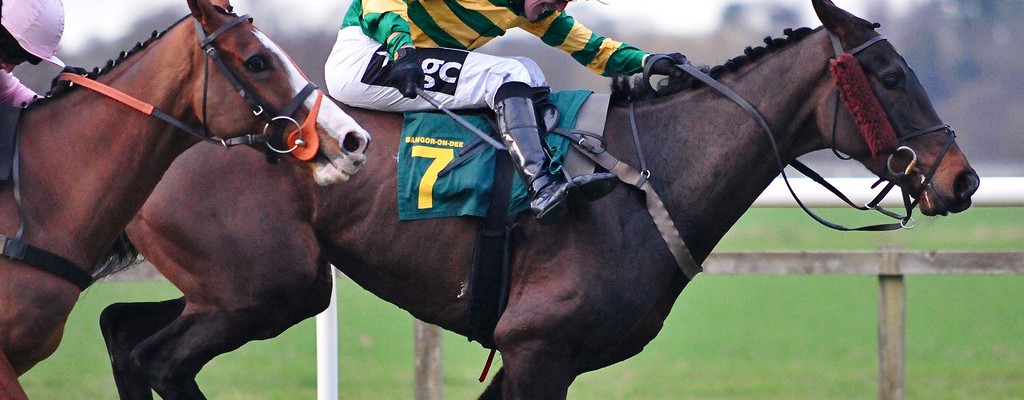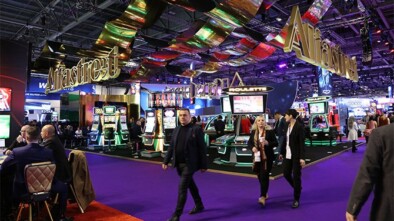The Most Spectacular Television Sport
Sold! For British Pounds 6 billion. Bernie Ecclestone has milked F1 to its maximum potential. The power of television transformed F1 into one of the most watched sports. Cameras placed strategically follow the cars. Cameras in the cars give the living room spectators a sense of speed. We live in a world of HDTV, instant playback, 50 inch, 60 inch, flat, curve, gazillion pixels, so realistic that you can be the driver without driving but eating, drinking, and bantering for hours, all the while in the comfort of the sofa, building to a high, with or without alcohol before the podium finishes. F1 is racing in 21 countries. Saturated and in danger of viewers’ fatigue, all 21 venues show the same 11 marques, the same 11 faces driving the same 11 cars, in the same racetracks of the same countries.
Fortunately, people have short memories. The venues are rotated and return one year later but you cannot squeeze more blood from the same stone. It was time to sell.Television is starved of sports events; viewers are just as starved. Living rooms are already decked out like an arena. Investors, sponsors are getting more and more demanding – nothing short of 20% Return On Investment. CEOs who hasn’t got the edge would be unceremoniously discarded. Olympics come every 4 years. That is not enough. Spectators lap up the atmosphere. Viewers, having waited the whole day, are glued to the tube for the 10 second sprint in the Track and Field, the 20 second sprint in the pool. The people expects more, the investors demand more.
Television has a new sport. Television is coming to the once ancient sport, the Sport of Kings. Thoroughbred horse racing goes back to antiquity. The winning horse comes from winning genes priced upwards of a million dollars They are owned by the rich and famous, raced by the rich and famous.
Thoroughbred racing likens chariot racing of ancient Rome, beast versus beast, man versus man, muscles of the horses rippling as they galloped to the finishing line. Cameras, close up and intended for the big screen, show the sheer elegance of the horses’ movements, droplets of perspiration flung from the horses, neck stretched out with nostrils flaring, as if going all out to win by a nose
Buyers of thoroughbreds are flocking down to Australia and New Zealand. Shiekhs from UAE, home to the richest race, the $10 million Dubai Gold Cup, together with the Chinese nouveau rich top the list. Each yearling auction sale rings up as much as $150 million. Together with sales of stallions, broodmares, studs, geldings, the racehorse industry is never healthier for Australia and New Zealand.
The horse racing circuit is not restricted to 21 venues, not restricted to 21 races. The participants are not restricted to 11 teams. The year long circuit is 52 races with the grand price money of $50 million for the ultimate race. The last horse standing holds the title of Caesar of the thoroughbred. There are side races with smaller purse money. Betting is allowed online and at the racecourses for venues other than in China and Dubai. Horse racing is anticipated to become the biggest television sports ever. Be sure to tune in to the right channel.
The author is an entrepreneur with a passion for horse racing. He first stepped foot onto a racecourse at the age of 14. Though very much under age, his height was thought to be the reason he was allowed to enter. It probably helped when his father was a racehorse owner with his own stable. The author is also passionate in reducing Climate Change. His websites are www.panpacificfinance.com and http://chinwvc.wixsite.com/racecourse-casino and can be followed and contacted at https://www.betgeeks.com/members/chinwvcgmail-com/profile/
Recommend0 recommendationsPublished in General


